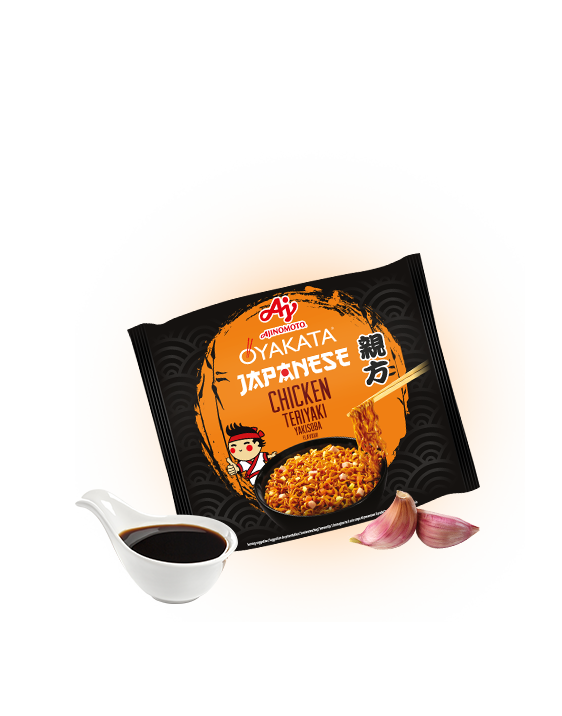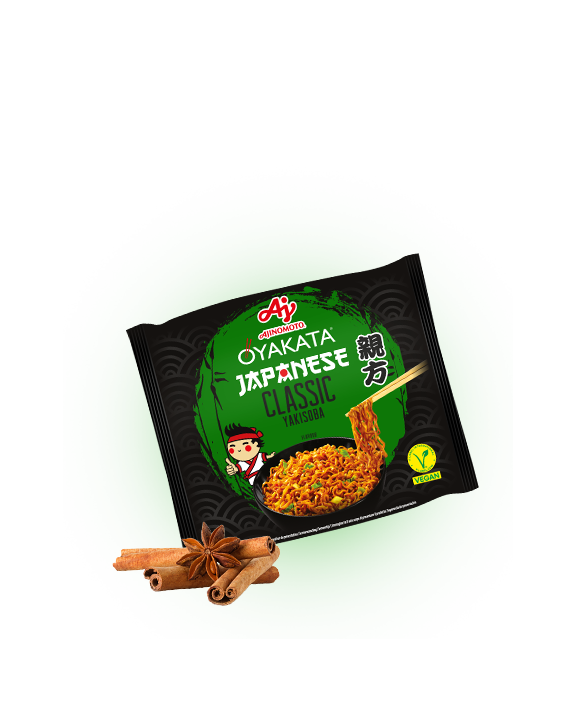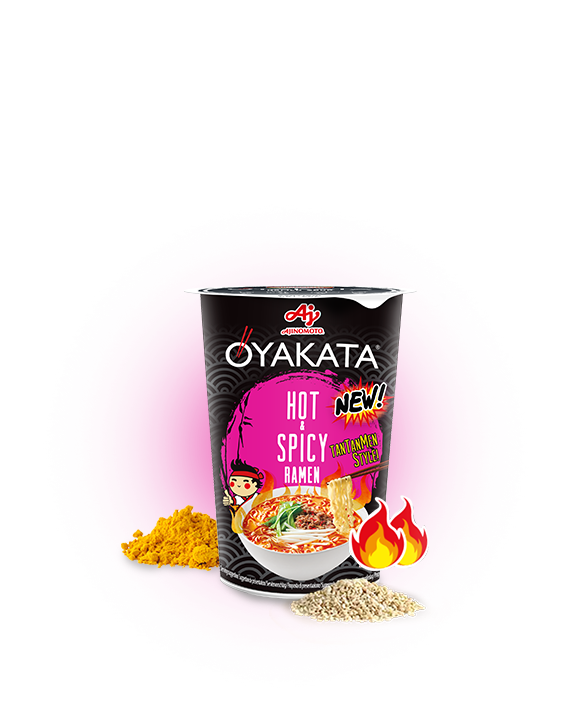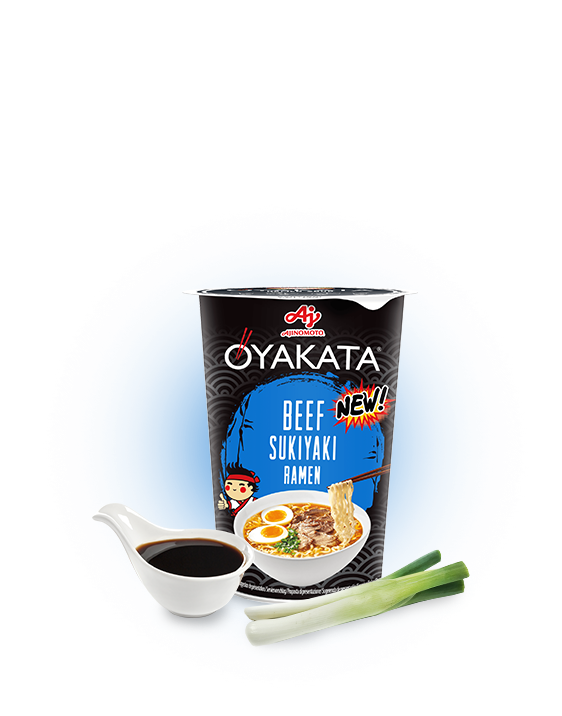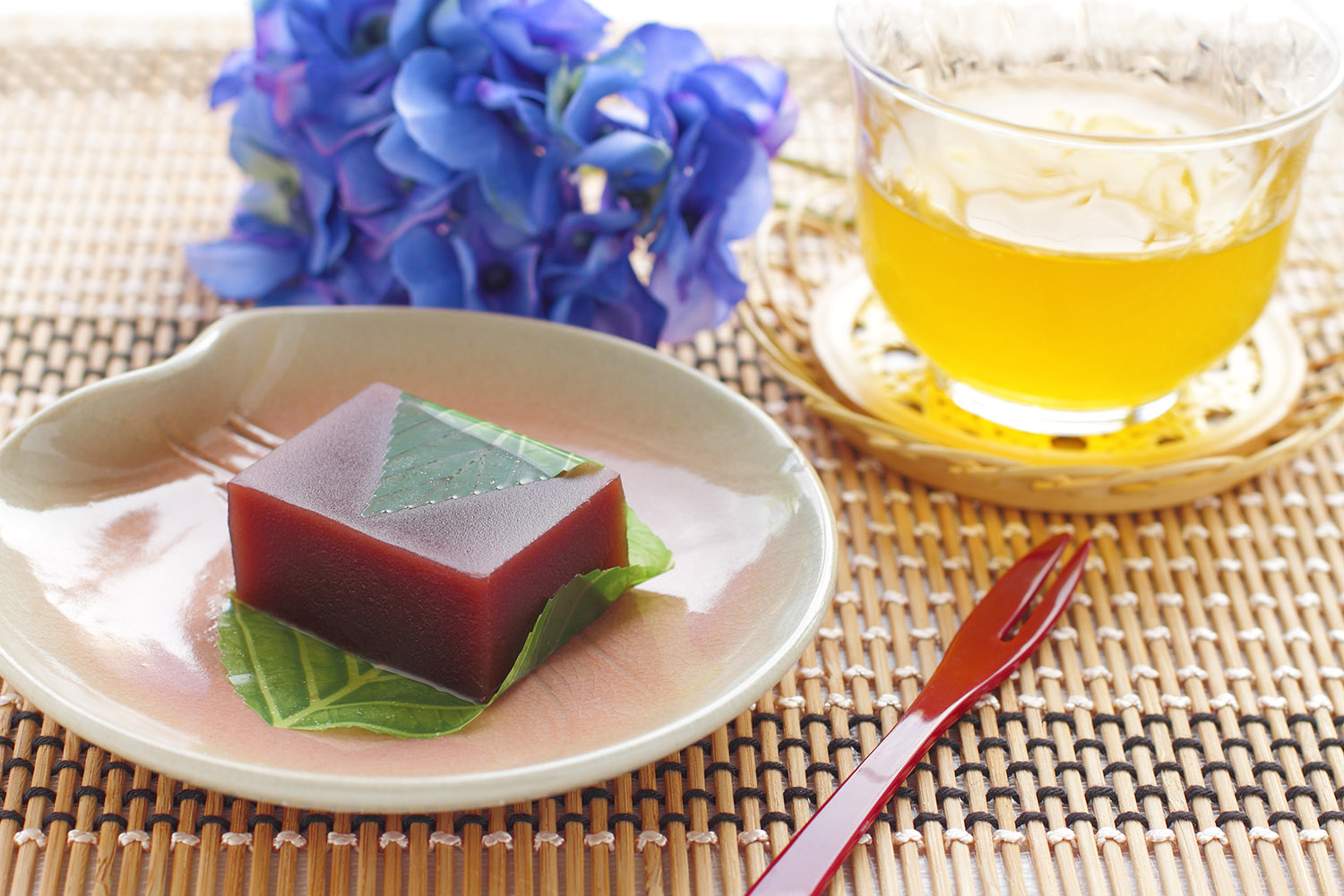

MASTER'S BOOK
SWEET JAPANESE DISHES. FOUR TIME-TESTED IDEAS
Dango
Mitarashi dango is rice balls in a sweet and salty syrup based on soy sauce and sugar. All you need to prepare these delicate dumplings is glutinous rice flour and water. Cooked in boiling water, dango are usually put on a long skewer and served with the mitarashi sauce. According to some recipes, they can also be delicately grilled. The name of the dessert is connected with the tradition of washing your mouth and hands before entering a temple. The shape of the dish resembles the bubbles of the spring from which water is drawn for the cleansing ritual.
Dorayaki
The Japanese sweet pancakes are the closest to Western desserts. At first glance they resemble American pancakes with thick layers of chocolate cream between them. However, dorayaki are in fact sweet cookies consisting of two thick fritters with anko spread over them. Legend has it that dorayaki were first made in a furnace (yaki) on a Japanese gong (dora) left at a farmer’s house by a brave samurai. The dessert owes its special taste and uniqueness to the bean paste. Once coked, the red adzuki beans, also referred to as red mung bean, are blended with sugar to a smooth mush. Even though Europeans think of beans only as an ingredient of savoury dishes, anko is used for many Japanese sweet treats.
Mochi
The sweet bean paste is one of the most popular additions to the Mochi rice cookies. The dough used to meticulously shape colourful sweets, resembles the dango dough. The only modification involves the food colouring (e.g. matcha in the original version), which turns the cookies into colourful works of art. Rice balls filled with a sweet filling, mochi are formed similarly to Polish knedle. The bland traditional anku paste, with taste slightly similar to that of the chestnut cream popular in France, is today replaced for instance with peanut butter or chocolate cream.
Yokan
Yokan is another adzuki-based Japanese dessert. This highly condensed jelly is made of anku, sugar and agar. Its basic version is dark brown but after matcha is added, it turns an incredible shade of green. Chilled yokan cubes are an excellent idea for hot days. Although the Europeans, who are used to chocolate treats and yeast pastries, may find Japanese sweets insipid and dull, Asian desserts can be definitely admired for their exquisite, crafty shapes and unique ingredients. They also represent an excellent alternative for vegan cuisine lovers and those who avoid gluten or lactose.
